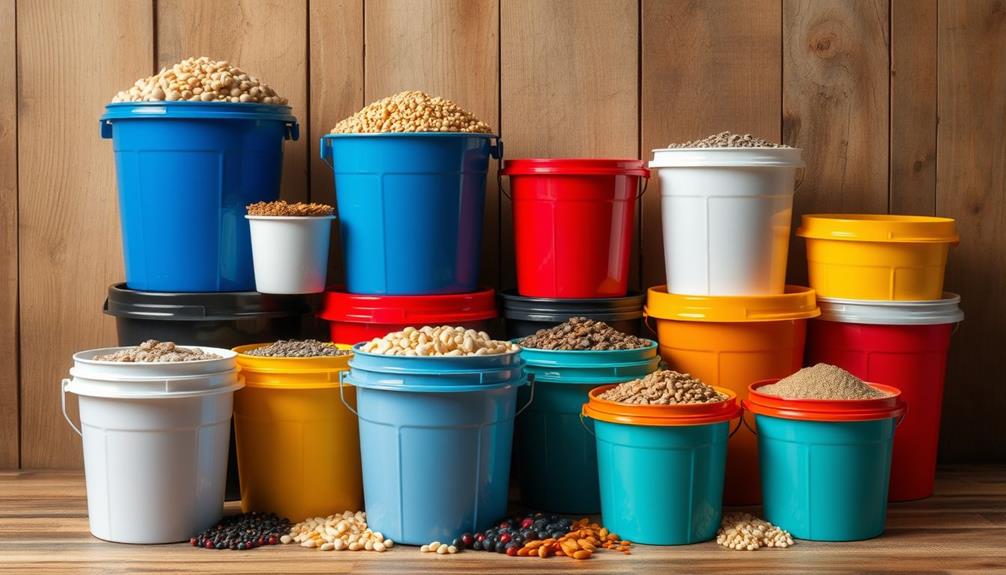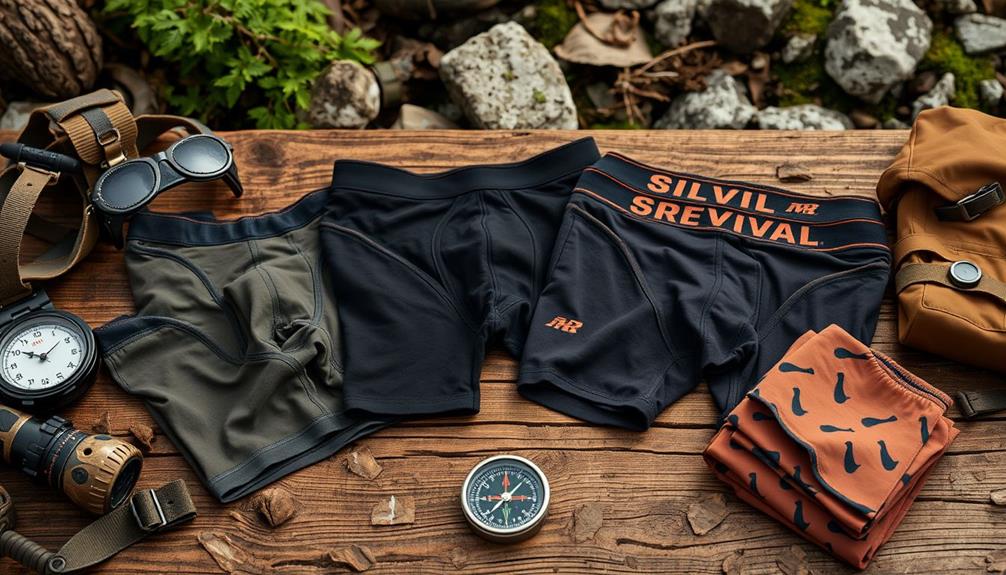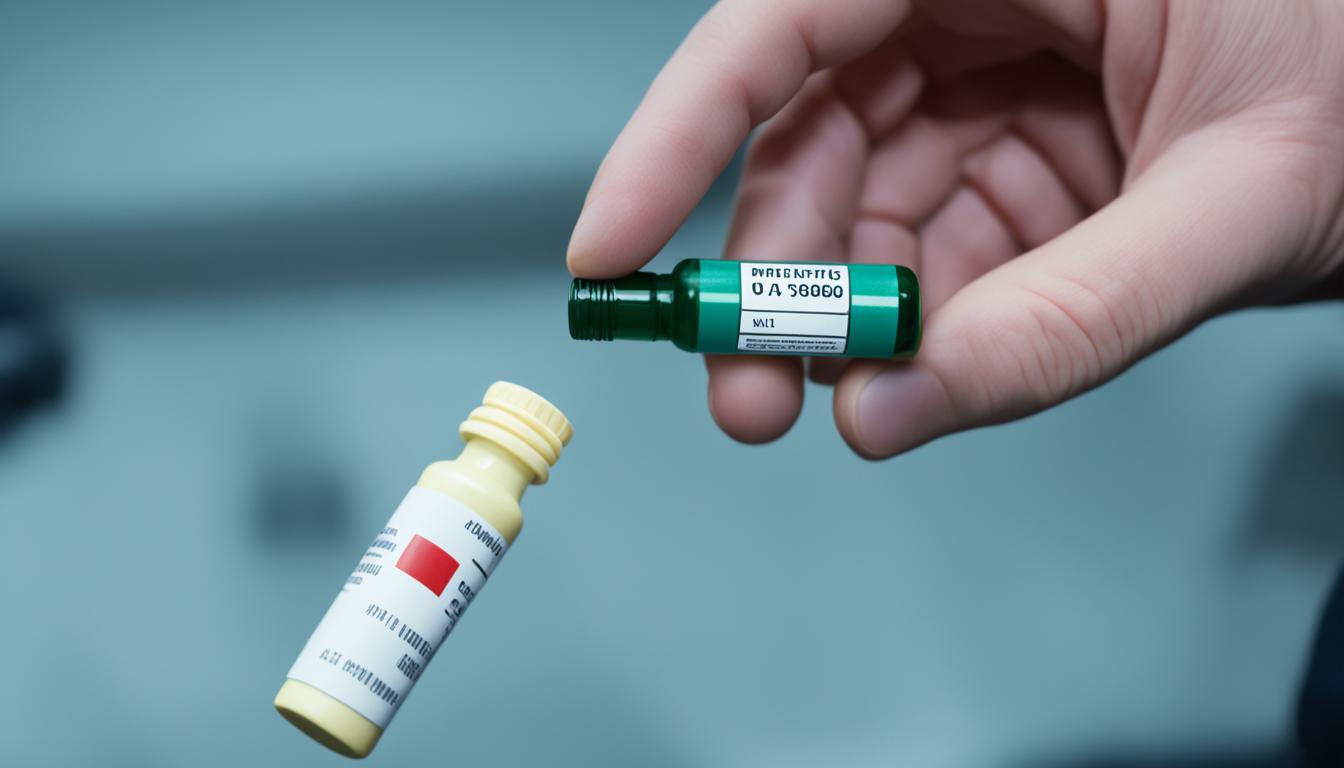For secure food storage, you need the right food-grade buckets. Look for 5-gallon options with airtight lids, like screw tops or Gamma seal lids. These will keep your supplies fresh and safe from moisture and pests. You can easily find durable, BPA-free HDPE buckets at various price points, ensuring you don't break the bank. Use Mylar bags and oxygen absorbers to enhance preservation. Make sure to label your buckets for easy identification. With the right techniques, you can maximize freshness and storage efficiency. There's plenty more to discover about optimizing your food storage setup.
Key Takeaways
- Choose 5-gallon screw lid buckets for a tight seal, ensuring food freshness and longevity.
- Use Gamma seal lids to enhance airtightness and protect stored items from moisture and air.
- Incorporate Mylar bags and oxygen absorbers within buckets for optimal food preservation and pest protection.
- Select BPA-free HDPE buckets for safe food storage and easy labeling for organization.
- Maintain a cool, dry storage environment to prevent spoilage and ensure the quality of stored foods.
Best Food-Grade Buckets and Pricing

When it comes to food storage, choosing the right bucket can make all the difference.
You'll find a variety of food-grade buckets to meet your needs and budget. For durable long-term storage, consider the 5-gallon screw lid bucket priced at $52 for three; its tight twist seal keeps contents fresh.
If you're looking for something budget-friendly, the 5-gallon pull tab bucket at $17 for three offers a great option made from food-grade HDPE.
For larger quantities, the Gamma2 Vittles Vault can hold 60 pounds and costs $53.
Smaller buckets are also available: 1-gallon buckets are $3.49, while 5-gallon buckets are about $5.49, making them popular for bulk storage.
Choose wisely for effective food preservation!
Lids and Airtight Sealing Options

For effective food storage, choosing the right lid is vital to maintain the freshness and quality of your stored items. Airtight seals are essential for protecting your food from moisture, air, and light.
Gamma seal lids are a fantastic option, creating a tight barrier that enhances longevity. If you prefer something more convenient, snap-on lids allow easy access while still keeping your dry goods secure.
However, avoid tear strip lids for long-term storage, as they don't provide an adequate seal. Mallet-on lids offer a tight fit but can be tricky to open without damaging the bucket.
Ultimately, selecting the right lid guarantees your food stays fresh and delicious for as long as possible.
Food Storage Preparation Techniques

Preparing your food storage properly is crucial to guarantee the longevity and safety of your supplies. Start by cleaning your food-grade buckets thoroughly with soapy water, then rinse and dry them to prevent contamination.
For ideal storage, consider using Mylar bags to block light and air, which preserves food quality. Fill your buckets with dry items like white rice or dried beans, and don't forget to incorporate oxygen absorbers to reduce spoilage and enhance safety.
Accessories like a rubber mallet hammer can help guarantee your lids seal securely. Finally, add bucket handle grips to improve ease of movement, especially when dealing with heavy loads.
These preparation techniques are essential for effective long-term food storage.
Key Benefits of Food-Grade Buckets

Food-grade buckets offer numerous advantages that enhance your long-term food storage efforts.
First, they're made from BPA-free HDPE, ensuring safety for your food. Their airtight seals protect your items from moisture, light, and oxygen, greatly extending shelf life.
With a capacity of around 30 pounds per 5-gallon bucket, they're perfect for bulk storage, helping you buy in bulk and save money.
Additionally, these buckets are durable and stackable, making them efficient for maximizing storage space. You can easily label them for better organization, allowing you to find what you need quickly.
Effective Storage Methods

When it comes to maximizing the longevity of your stored food, employing effective storage methods can make all the difference. Start by vacuum sealing your food; this technique removes air, greatly reducing spoilage risks.
Incorporate oxygen absorbers in your buckets to further protect against mold and degradation. It's also crucial to control the temperature of your storage area; keep it cool and dry to maintain food quality.
Regularly monitor humidity levels to prevent moisture buildup that could lead to spoilage. Finally, label your buckets with the contents and date, making sure you know what you have and when it was stored.
Essential Storage Accessories

Having the right storage accessories can greatly enhance your food preservation efforts. Consider incorporating Mylar bags into your routine; they create effective barriers against moisture and air, ensuring your food stays fresh.
Oxygen absorber packets are another must-have; they eliminate oxygen, protecting your food from pests and spoilage. A rubber mallet hammer can help you secure lids without damaging the bucket, ensuring a tight seal.
If you're using mason jars, a vacuum sealer kit is essential for preserving dry foods. Finally, bucket handle grips improve your ability to move heavy buckets with ease, making storage more manageable.
Equip yourself with these accessories to maximize your food storage efficiency and maintain quality over time.
Community Resources for Preppers

Connecting with others who share your interests can greatly boost your food storage knowledge and skills. Building a network of fellow preppers not only enhances your understanding of essential items for your bug out bags but also keeps you informed about the latest survival gear trends, such as essential survival tools. Moreover, engaging with like-minded individuals can open doors to valuable discussions, tips, and even friendly competitions to test the efficiency of your survival packs. You might even participate in an “ultimate survival backpack showdown,” where preppers compare their meticulously prepared kits to optimize their choices for real-life scenarios. These shared experiences can significantly improve your strategy, ensuring you’re always ready for the unexpected.
By leveraging community resources, you'll find valuable information and support that enhances your prepping journey. Here are some resources to contemplate:
- TruePrepper Newsletter: Get practical tips and gear reviews straight to your inbox.
- Survival PDF Library: Access extensive guides and emergency lists for detailed planning.
- Home Depot: Purchase bulk food storage items for safe and effective storage solutions.
- Social Media Groups: Join Facebook and Reddit communities to engage with experienced preppers for advice and shared experiences.
Utilizing these resources can help you stay informed, connected, and prepared for any situation that arises.
Frequently Asked Questions
How Do I Determine the Right Bucket Size for My Needs?
To determine the right bucket size, assess the quantity of food you plan to store. Consider individual portion sizes, frequency of use, and available space. Prioritize durability and airtight sealing for ideal preservation.
Can I Reuse Food-Grade Buckets for Different Food Items?
Yes, you can reuse food-grade buckets for different items, but make sure to clean them thoroughly. Residue from previous contents could affect the new food's quality. Always label your buckets to avoid confusion.
How Long Can I Store Food in These Buckets?
You can store food in these buckets for up to 25 years if sealed properly. Make certain you use airtight lids, keep them in a cool, dark place, and monitor for any signs of spoilage.
What Temperature Is Best for Storing Food-Grade Buckets?
You might not realize it, but the right temperature can make or break your food storage. Ideally, keep your food-grade buckets in a cool, dry place—around 50 to 70°F—to maximize freshness and longevity.
Are There Specific Foods That Shouldn't Be Stored in Buckets?
You shouldn't store foods with high moisture content, like fruits and vegetables, in buckets. Also, avoid dairy and items prone to spoilage. Stick to dry goods for ideal preservation and to prevent contamination.
Conclusion
In the grand adventure of food storage, choosing the right buckets is your trusty shield against spoilage and waste. Just like a knight prepares for battle, you too can arm yourself with these food-grade heroes. By mastering sealing techniques and using essential accessories, you'll fortify your pantry for whatever challenges lie ahead. So, gear up and take charge of your food supply—your future self will thank you, and your pantry will be ready for any quest that comes your way!










